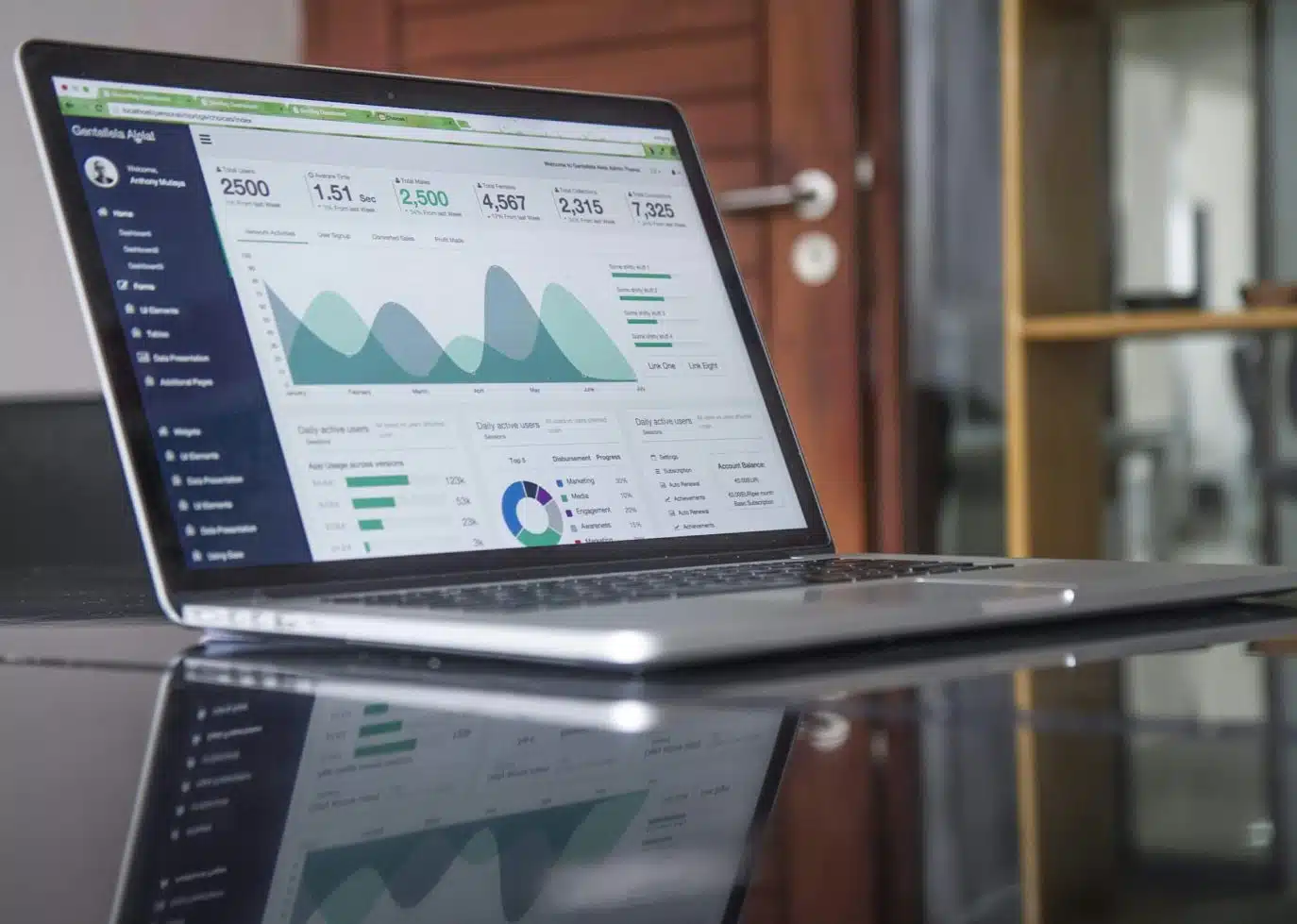To manage your business finances effectively, there are two formulas you must know. Find out what they are and how they can lead to sustainable business growth.
Managing a small business in Australia demands a solid grasp of key financial concepts. For many small business owners, understanding and applying finance formulas can seem like a daunting task, but mastering them is essential for business growth. And at the top of the list are working capital and the cash conversion cycle.
Working capital is the immediate funds available to cover daily expenses. It acts as a financial safety net for your day-to-day operations.
On the other hand, the cash conversion cycle measures how fast your business turns spending into cash from sales. And it’s a crucial sign of your cash flow efficiency.
These concepts are not simply financial jargon.
They are practical tools that provide you with valuable insights into your business’s health. And they are instrumental in ensuring smooth, efficient operations, which is crucial for sustaining and growing your business in the competitive Australian market.
But how do they work?
Understanding the Balance Sheet
The balance sheet is one of the most important financial statements for any small business. It offers a clear snapshot of your company’s financial situation at a specific moment in time, showing exactly what your business owns and owes. By listing your company’s assets, liabilities, and equity, the balance sheet helps you understand the resources available to your business and the obligations you need to meet.
At the heart of the balance sheet is the accounting equation: Assets = Liabilities + Equity. This fundamental formula ensures that your balance sheet always stays balanced. Your assets represent everything your business owns—such as cash, inventory, equipment, and accounts receivable. Liabilities are what your business owes to others, including loans, accounts payable, and other short-term debts. Equity is the value left for you and your shareholders after all liabilities are paid, reflecting your ownership stake in the company.
Understanding this equation is essential for evaluating your business’s financial health. It forms the basis for calculating key financial ratios, such as the current ratio and equity ratio, which help you assess liquidity and the strength of your company’s assets compared to its debts. By regularly reviewing your balance sheet, you can make informed decisions, spot potential financial difficulties early, and ensure your business remains on solid financial ground.
Formula #1: Working Capital Ratio
Working Capital = Current Assets – Current Liabilities
Working capital reflects your business’s short-term financial health. It represents your business’s ability to cover daily operations and unexpected costs.
Simply put, it’s your immediate financial runway.
To know your working capital, you must first understand your current assets and current liabilities.
The resources that can be quickly converted into cash or used up within a year are your current assets. It includes your available cash, accounts receivable or money owed to your business, and your inventory.
As for your current liabilities, these are the financial obligations that you need to settle within a year. These are also known as short term liabilities. These can include accounts payable or the bills your business owes and short-term loans
To put the formula into perspective, here’s an example.
Let’s say you run a small landscaping business. Your current assets include $5,000 in cash, $2,000 in accounts receivable or payments due from clients, and $1,000 of landscaping equipment and materials in your inventory. To avoid losing money, it’s important to manage these assets wisely.
Meanwhile, your current liabilities could comprise payments you must make for fuel, equipment maintenance, and other expenses. And the total is $3,000.
To know your working capital, you simply deduct your current liabilities from your current assets.
For this example, your equation should look like this:
Working Capital = ($5,000 + $2,000 + $1,000) – $3,000 = $5,000
This means your landscaping business has a positive working capital of $5,000. And it indicates that you have more assets than liabilities in the short term. So, you have a financial cushion that allows you to operate your business efficiently.
The working capital ratio, which is calculated by dividing current assets by current liabilities, is a key liquidity ratio. This ratio helps assess your business’s ability to meet its short-term obligations and is commonly used alongside other liquidity ratios to evaluate overall financial health.
Having a positive working capital means you have a buffer to keep your business operations running smoothly.
Formula #2: Cash Conversion Cycle
CCC = (Inventory Days + Debtor Days) – Creditor Days
The cash conversion cycle (CCC) is a crucial measure of how quickly your business transforms outflows or expenses into inflows or revenue. It includes three key components:
- Inventory days – this refers to the time it takes to turn stock into sales. If you operate a small clothing boutique in Australia, for example, your inventory days could reflect how long it takes you to purchase clothes from suppliers and sell them to your customers.
- Debtor days – this is the average time it takes to collect payments from customers. So, for your clothing store, debtor days might indicate how long it takes for your customers to pay for their purchases.
- Creditor days – this reflects the time you have before you’ll need to pay suppliers. Continuing with the example, your creditor days could relate to the time you have to pay your clothing suppliers for the inventory you’ve purchased.
Now, let’s say it takes you an average of 50 days to sell the clothes. Then, you collect your payments from customers in an average of 20 days. Meanwhile, you need to pay your suppliers every 31 days.
To find out your CCC, here’s what your equation will look like:
Cash Conversion Cycle = (50 days + 20 days) – 31 days
This means it takes 39 days for your business to get revenue.
A shorter CCC indicates greater efficiency in turning expenses into revenue and managing cash flow. Other liquidity ratios, such as the cash flow ratio, can also be used alongside the CCC to assess a business’s short-term financial health and ability to meet its obligations. And this is vital for your business’s operational agility.
Now, if you want your CCC to be shorter, the key is to make your customers pay what they owe you sooner.
To visualise it, let’s change the debtor days to 10 days, while your inventory days and creditor days remain the same. Your equation will now look like this:
Cash Conversion Cycle = (50 days + 10 days) – 31 days
This means it now takes you only 29 days to get revenue.
Harness Vital Financial Tools for Business Success
Mastery of these two financial formulas is key to a thriving business. After all, working capital provides a snapshot of your short-term financial health, while the CCC offers insights into the efficiency of your cash flow.
By understanding and applying these formulas, small business owners like you can navigate financial challenges in the ever-changing Australian business environment. More importantly, you can foster sustainable business growth.
Remember, these finance formulas are more than just theoretical concepts.
They’re practical instruments in your financial toolkit. And they’ll empower you to make smarter, more strategic decisions for your business’s future, including in terms of funding your business’s expansion.
If you need further assistance, Unsecured Finance Australia is here to help. Apply online and you can receive your approval within 24 hours.
Find out more by taking a look at our unsecured business loans




